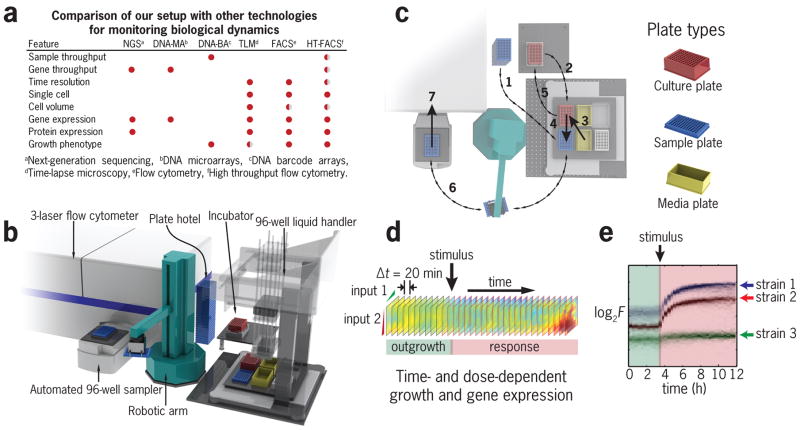Figure 1. Automated cell culture incubator with real-time flow cytometry readout.
(a) Comparison of our HT-FACS robotic setup with other technologies for monitoring cell physiology. (b) Layout showing hardware arrangement for our system. (c) Sequence of main events that occur in a typical experiment. These include liquid transfers and plate transport that take place during the acquisition of one measurement. Steps 1–7 repeat every 20 minutes and involve (1) loading a fresh sample plate into the liquid handler, (2) removal of the culture from the incubator, (3) addition of fresh media and stimulus to the culture, (4) removal of a sample from the culture, (5) returning the culture to the incubator, (6) transport of the sample plate to the high throughput sampler (HTS) and (7) measurement of the sample plate in the flow cytometer. (d) Time and dose-dependent dynamical portraits can be acquired with our system to characterize regulatory networks. (e) Example of one of 96 possible conditions in which the fluorescence of 3 strains is monitored over time after a perturbation.

